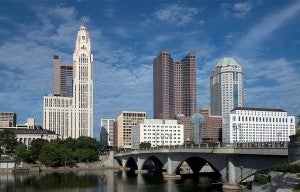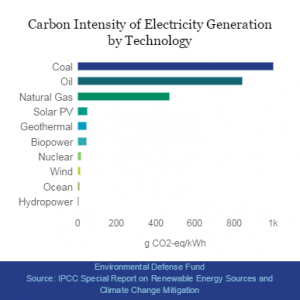 Last year solar power saw unprecedented growth and it doesn’t seem to be slowing down. So where is much of this growth happening? In one word: cities.
Last year solar power saw unprecedented growth and it doesn’t seem to be slowing down. So where is much of this growth happening? In one word: cities.
In a new report from Environment America Research & Policy Center and Frontier Group, Shining Cities 2016 identifies the urban centers fostering growth in solar energy, and the policies and programs that can maximize solar potential. The cities that topped the list were, not surprisingly, primarily from the sunshine-abundant Pacific region, followed by an equal amount of cities from the Mountain, South Central and South Atlantic regions. These centers of connectivity and growth are major electricity consumers, and therefore important movers in the transition to a clean energy economy.
But there are still vast amounts of untapped solar potential in the U.S. – specifically 1,118 GW, which equates to 39 percent of total national electricity sales (enough to power over 782 million homes a year) – according to a study on “rooftop solar power generating capacity potential” by National Renewable Energy Laboratory (NREL). The same study stated that Los Angeles, the city currently with the most solar capacity, could host up to 42 times its current solar capacity, providing up to 60 percent of the city’s electricity. This staggering amount of renewable energy is possible in other cities across the U.S. as well – even in unlikely states, such as Texas. Read More











 The Federal Energy Regulatory Commission (FERC) recently rejected Ohio-based utilities
The Federal Energy Regulatory Commission (FERC) recently rejected Ohio-based utilities 
 The price we all pay for electricity generally does not reflect the “true costs” of producing it. As described in a recent
The price we all pay for electricity generally does not reflect the “true costs” of producing it. As described in a recent  Aliso Canyon was a big methane release, especially in Los Angeles, but in the grand scheme of methane released every day by the nation’s oil and gas industry, it was a blip. And recent
Aliso Canyon was a big methane release, especially in Los Angeles, but in the grand scheme of methane released every day by the nation’s oil and gas industry, it was a blip. And recent